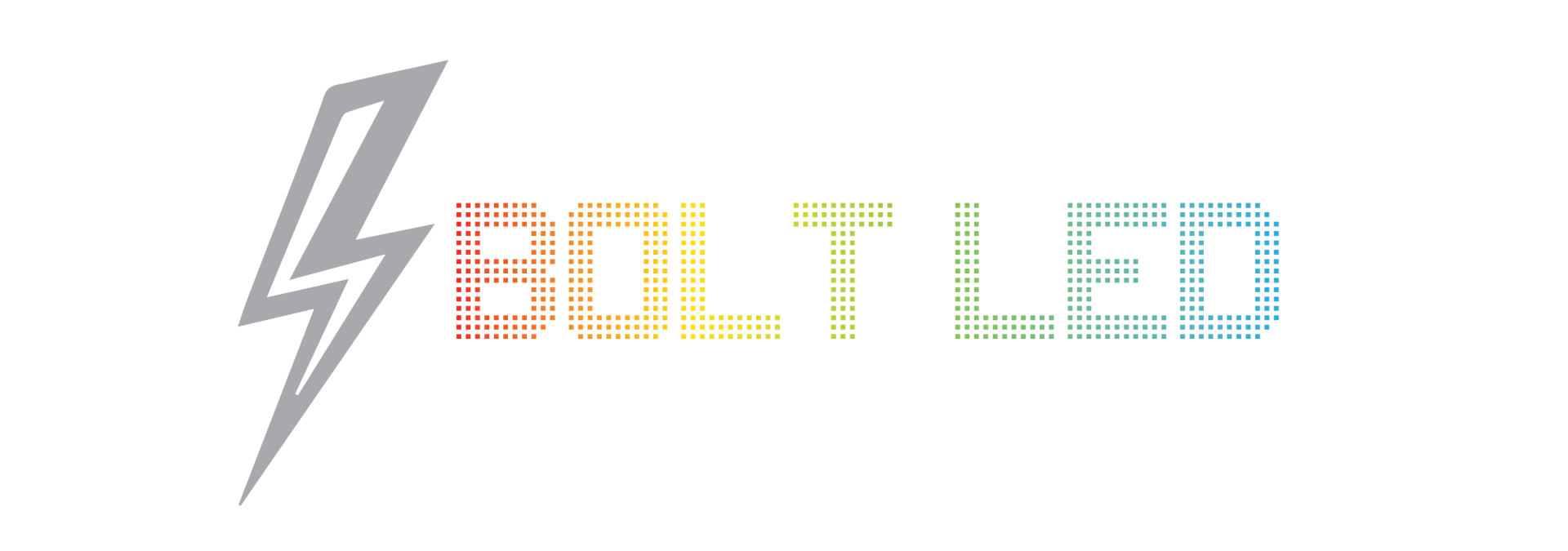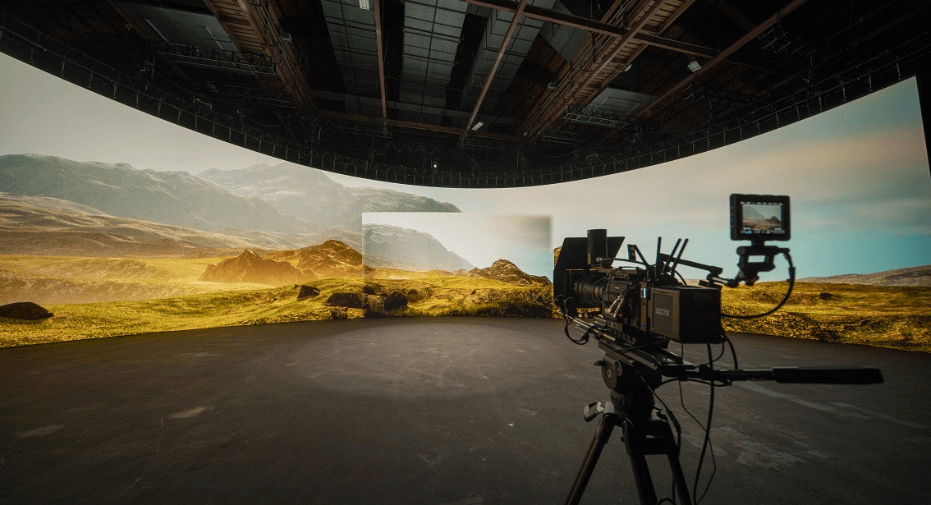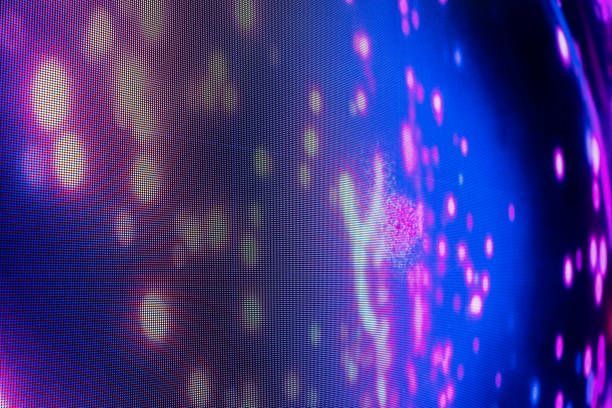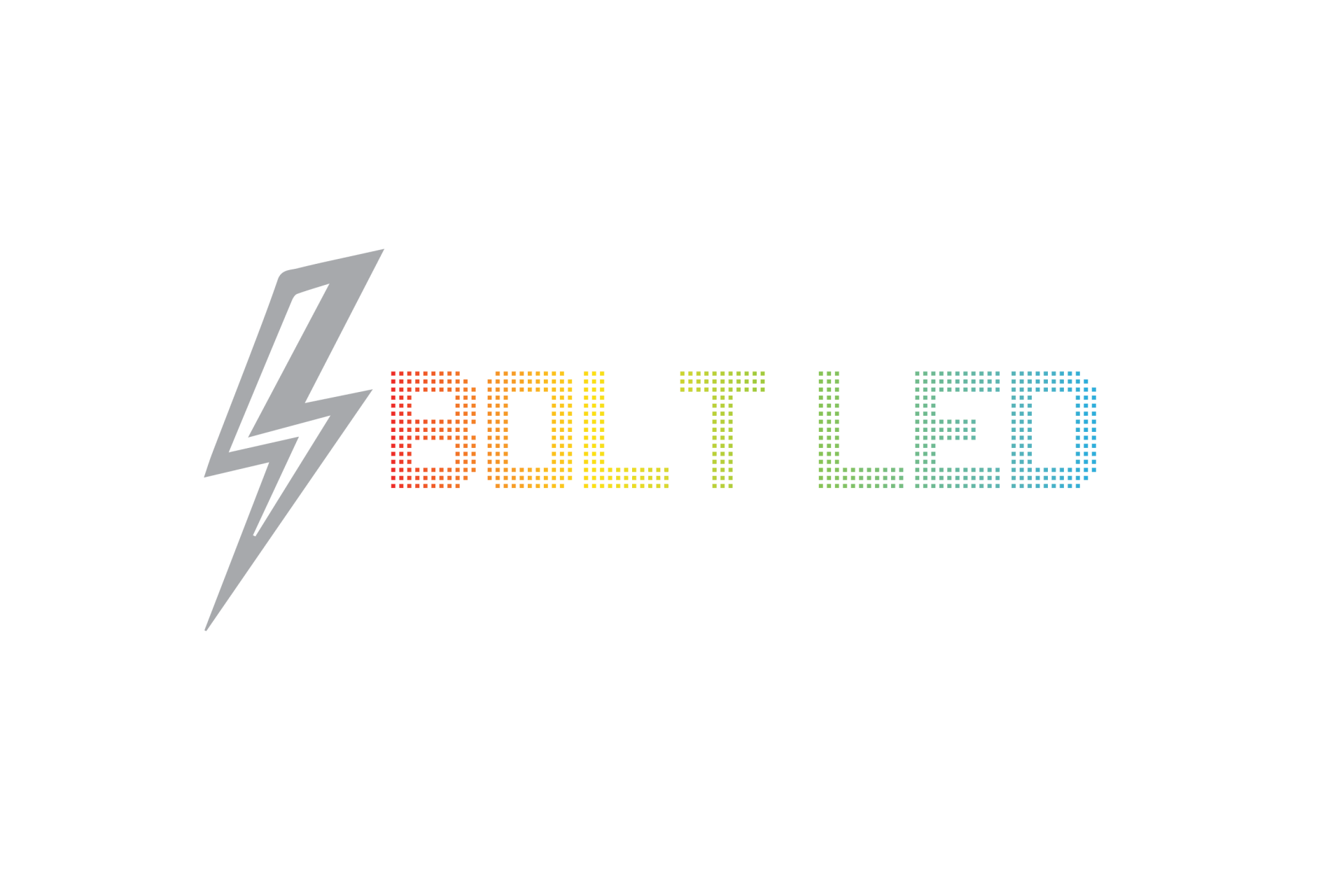Exploring AR Technology and LED Video Wall Displays: The Future of Interactive Visuals
AR Technology and LED Video Wall Displays
The Future of Interactive Visuals

Augmented Reality (AR) technology has rapidly evolved in recent years, shifting from a novelty to an essential tool in numerous industries, from entertainment to education and healthcare. A particularly powerful combination that has emerged in the AR landscape is the integration of LED video wall displays with AR systems. This convergence opens up endless possibilities, transforming how we interact with digital content and elevating the realism and immersion of AR experiences.
In this blog post, we’ll take a deep dive into the symbiotic relationship between AR and LED video wall displays, their current uses, benefits, and what the future of these technologies might look like.
What is AR Technology?
Augmented Reality refers to the interactive experience of a real-world environment where physical objects are enhanced or supplemented by computer-generated sensory inputs, such as sounds, visuals, or even haptic feedback. Unlike Virtual Reality (VR), which creates a completely immersive environment, AR overlays digital elements onto the user’s view of the physical world in real time.
Examples of AR include apps like Pokémon Go, smart glasses like Microsoft’s HoloLens, and interactive displays in museums or stores. These applications enhance the user experience by blending the digital and physical worlds seamlessly.
The Integration of AR with LED Video Walls
When AR technology is integrated with LED video walls, the result is a highly immersive, visually engaging experience. The combination of AR’s interactive, real-time overlays and the high-definition, large-scale displays of LED video walls creates a dynamic, next-level viewing experience.
Key Uses of AR with LED Video Wall Displays:
- Entertainment and Live Events: One of the most exciting uses of AR with LED video walls is in live events, concerts, and performances. These displays can provide a backdrop that enhances the live action by overlaying digital effects and animations in real-time. For example, a concert might feature AR graphics that appear to interact with the performers, or a sporting event might use AR to display player stats, game analytics, and 3D replays on the video wall.
- Retail and Advertising: In retail spaces, AR can bring product displays to life by allowing customers to interact with virtual products overlaid onto the physical space. When combined with LED video walls, this interaction becomes even more captivating. Imagine a shopper in a store trying on clothes, while an LED wall shows how the outfit looks on a 3D avatar in various colors or environments.
- Education and Training: AR-powered LED displays are also being utilized in educational settings, from virtual field trips to interactive anatomy lessons. For instance, medical students can study complex 3D models of human organs displayed on a large LED video wall while interacting with them in real time through AR. Similarly, in corporate training, employees can be trained on machinery or software via AR simulations projected on large displays.
- Healthcare: In healthcare, AR combined with LED video walls can be used for surgical visualization, diagnostic imaging, and patient education. Surgeons can view augmented data about the patient’s anatomy in real time, improving accuracy and efficiency. For example, AR can superimpose 3D scans or MRI results on the video wall, allowing medical professionals to examine the data from every angle during surgery.
- Urban Planning and Architecture: Architects and urban planners are leveraging AR and LED video walls to visualize design concepts and building layouts. The large format of the LED wall makes it easier to view and interact with 3D models of construction projects, while AR enables real-time changes and simulations, providing a more intuitive and immersive approach to design.
- Corporate and Public Communication: Businesses and government institutions can use AR on LED video walls for presentations, data visualizations, and interactive communication with their audiences. This can be particularly effective in conferences, where speakers can display 3D graphs and live data on a massive scale, making complex information more accessible and engaging.
Benefits of AR with LED Video Walls:
- Enhanced Immersion: Combining AR with large, high-resolution LED video walls delivers a level of immersion that’s unmatched by traditional displays. The large scale and vivid imagery make digital content feel more tangible and interactive.
- Increased Engagement: AR engages the viewer’s senses beyond just sight. By adding interactivity to the display, users can become active participants rather than passive observers, keeping them engaged for longer periods.
- Versatility: LED video walls are versatile and can be adapted to fit a variety of settings, from retail stores to stadiums, making them ideal for any environment where AR content can enhance the experience.
- Real-Time Interaction: One of the key advantages of integrating AR with LED video walls is the ability to interact with content in real time. This could mean manipulating 3D models, receiving instant information overlays, or dynamically altering the display as the user moves.
- Scalability: LED video walls are scalable, meaning that the size and resolution can be adjusted to meet specific needs. As AR technology becomes more advanced, these displays can be expanded to accommodate more complex and detailed visualizations.
The Future of AR Technology and LED Video Walls
The future of AR and LED video walls holds immense potential, especially as both technologies continue to advance.
- Smarter AR Integration: As AR becomes more sophisticated, the integration with LED video walls will be even more seamless. Future AR systems could use machine learning and AI to personalize content based on the user’s preferences, behaviors, and interactions. This will lead to hyper-personalized experiences in retail, entertainment, and beyond.
- 5G and Real-Time Collaboration: With the advent of 5G technology, AR experiences on LED video walls will become even more responsive. Real-time collaboration over vast distances will be possible, with multiple users interacting with the same AR content displayed on LED walls in different locations. This could transform industries like architecture, education, and remote healthcare.
- Wearables and LED Video Walls: Wearables such as AR glasses and headsets will continue to evolve, offering new ways to interact with LED video walls. In the future, users may seamlessly move between personal AR experiences and large-scale AR displays, enabling more fluid interactions in mixed reality environments.
- Immersive Smart Cities: As cities become smarter, LED video walls integrated with AR could be used to enhance the urban environment. Public spaces could feature interactive walls that display real-time information, art installations, and even provide wayfinding or advertising, all seamlessly blended with the surrounding environment through AR.
- Advancements in Display Technology: LED video wall technology itself will continue to evolve. Future displays may offer even higher resolutions, more efficient power usage, and greater flexibility in terms of installation. With advances in flexible and transparent LED panels, video walls could become even more integrated into the physical space, creating truly immersive environments.
Conclusion
The fusion of AR technology with LED video walls represents a breakthrough in how we experience digital content. Whether for entertainment, education, healthcare, or corporate communication, the potential applications are limitless. As both AR and LED technology continue to evolve, the future promises even more exciting and immersive possibilities.
We are just scratching the surface of what’s possible with these technologies, and as the boundaries of digital interaction expand, the world around us will become a much richer, more dynamic space to explore. The future of AR and LED video walls is one of boundless innovation and engagement, and it’s only just beginning.

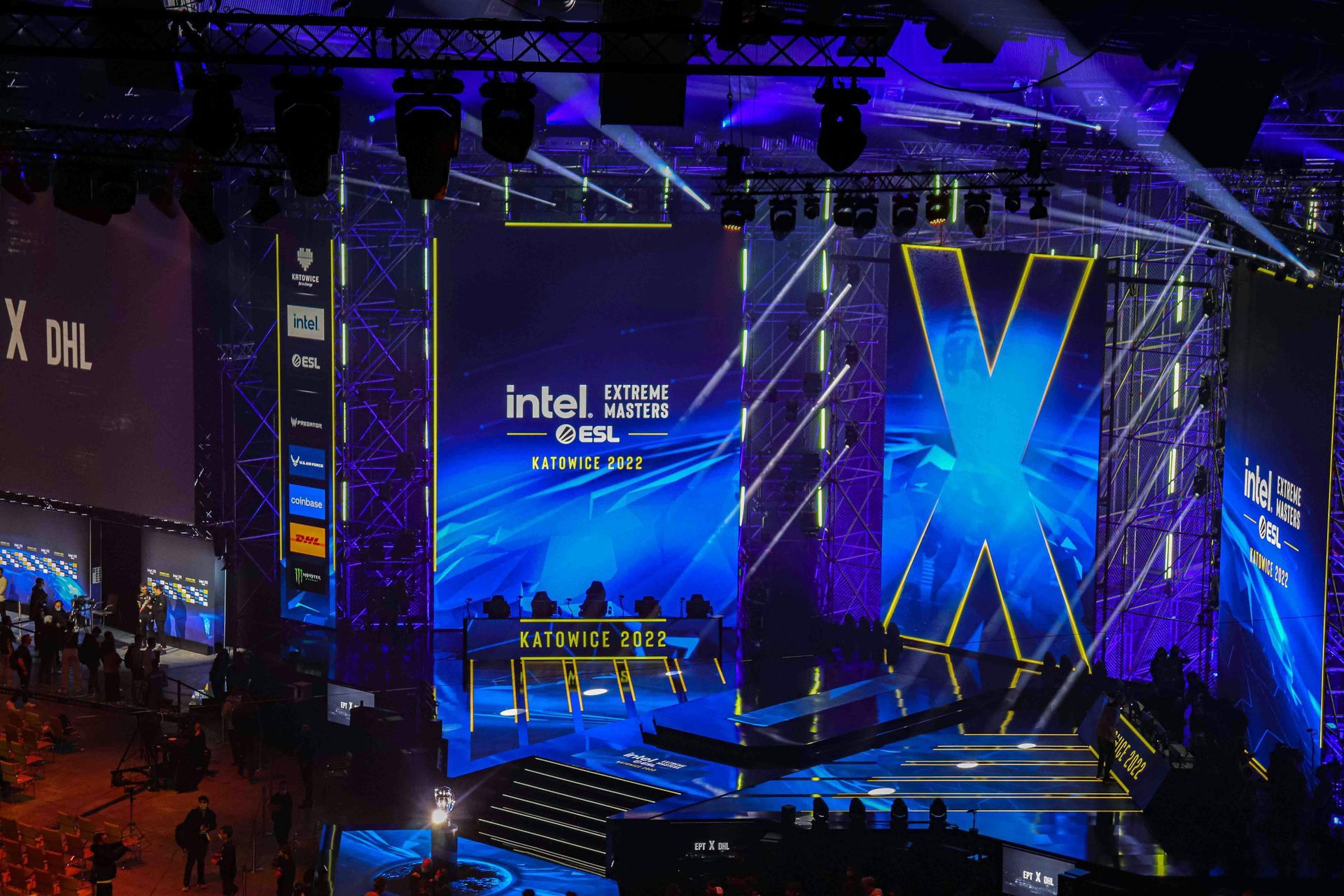
We PROVIDE top quality LED VIDEO Display SOLUTIONS and production services.
SERVING OUR CUSTOMERS NATIONWIDE.
